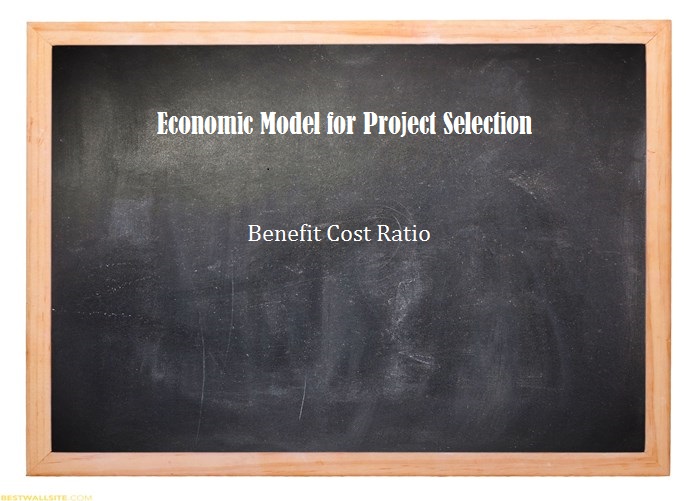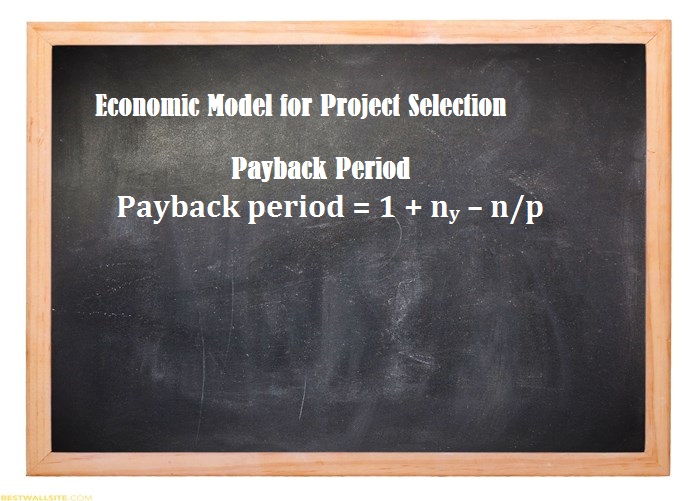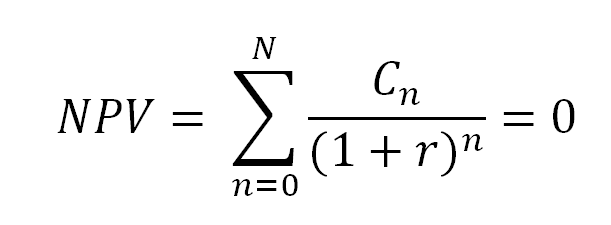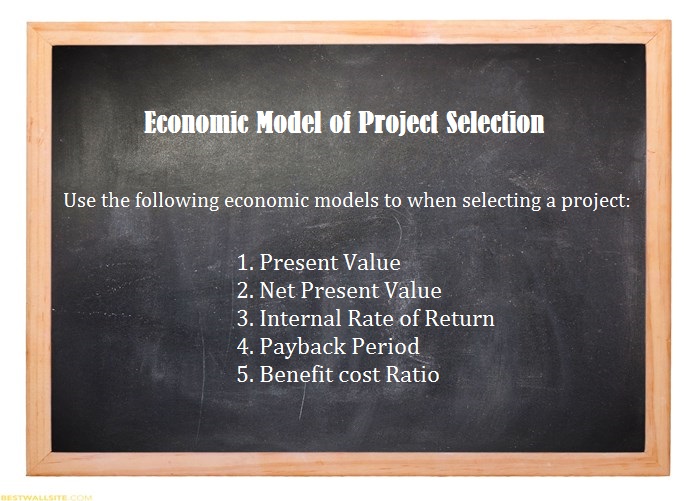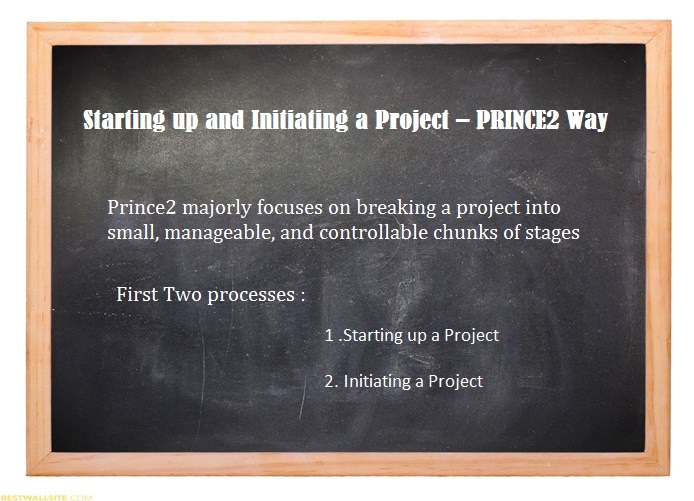Peer review is yet another method of project selection. In this method you present the project proposal to the peers in the organization. You select peers from a wide range of project management fields. These peers review the project and then recommend some best practices adopted in other projects. The peers also check for the viability of the project.

Peer review is the method of project selection that you use to validate the project with the help of peers. The peer group in such reviews are experts from various areas of project management, however, unlike the murder board, this group is not as ruthless in reviewing a project. In this method, the main objective is not to kill the project but to check the viability of the project and add value from learning of the peer group.
In your personal capacity, you tend to ignore or get biased about your ideas. As a result, you might not foresee an issue arising later in the project life cycle. To avoid such unpleasant scenario, it is always a good idea to get inputs from the peers at an early stage. The peer review method comes handy in such situations. Peers can help identifying each other’s mistakes quickly and easily, and provide suggestion from their past experience.
You create a peer group of subject matter experts from different areas to perform a peer review. These subject matter experts help in defining a benchmark for the current practices in the organization. Additionally, they help in identifying and recognizing the industry best practices being used in similar projects.
Peer Review Panel
Selecting an appropriate peer review panel is a very important factor for the success of the review and the project as a whole. You must take utmost care when selecting a peer reviewer for the panel. Following are some of the guidelines you can consider for a peer reviewer panel:
- The members of the peer review panel must be subject matter experts in their respective area.
- The members of the peer review panel must the ones who are respected across the organization, including the senior management. This is especially helpful to make sure that their views are considered seriously and can influence senior management to make any changes.
- The peer review panel must make sure that the peer review is conducted to improve the probability of the success of the project. The peer review panel must understand that a peer review is a collaborative effort among the project team, senior management, and peer review panel. The project and senior management teams must believe that the peer reviews are going to help the project and keep an open mind towards the suggestions from the peer review panel.
- You must conduct peer reviews multiple times before and after you have started the project. This makes sure that not only you select an appropriate project but also check the performance of the project and take corrective action, if necessary.
Conducting a Peer Review
An effective peer review is a key to the success of a project. When conducting a peer review, you complete the following procedure:
- Prepare a questionnaire and get responses from the members of the peer review panel. Make sure that you cover each and every aspect of the project in the questionnaire.
- Collect the responses and analyze the same. It is important for you to analyze and understand the perspective of members of various teams.
- Conduct interviews to get detailed information from all levels of the team.
- Document the findings of the questionnaire and derive a conclusion.
- Prepare a final report and present it to the senior management.
